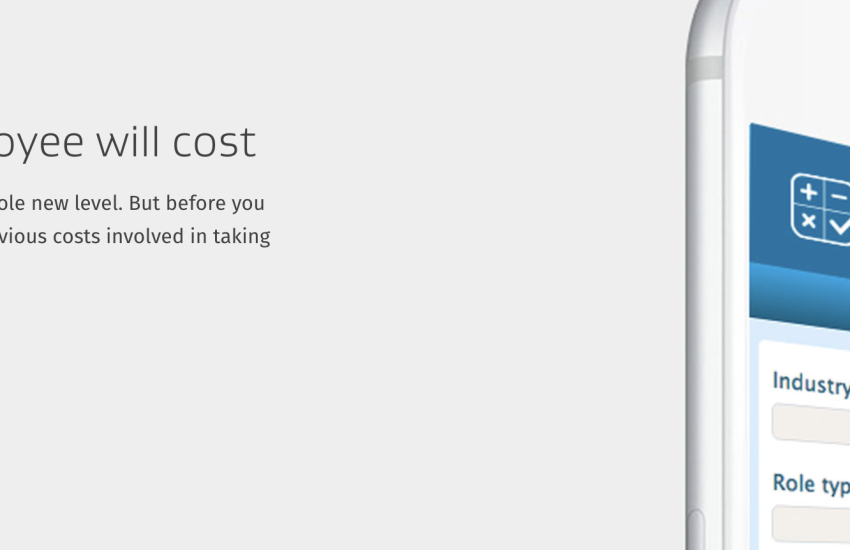Getting new staff is a hassle, time-consuming and expensive. Would you be surprised if I told you it costs an average of $44,000 in staff time and financial outlay to get ONE person to start a new job?
I’ll share the calculation for that astonishing number later on. But first, what does it take to hire an IT staff member?

Jobs in IT fall into two groups – permanent or contractors. I’m ignoring service-providers just now as their team are not on your payroll.
The process of finding new employee (permanent or a contractor for a shorter term) are essentially the same. It starts with a need to employ somebody. The organisation will consider their options like advertising and using recruitment agencies. As a hiring manager I have gone through this process many, many times and each time I feel like it’s something I have to do but I really don’t want to do it. The reason I feel so pessimistic is because I know how long it takes and how deprioritisations and delays mean it rarely works out as planned. Frequently I have to compensate by doing longer days myself just to complete my day job on top of the hiring process.
- The general process is triggered by an event eg more workload or somebody leaves.
- An approval to hire (temporary solution or a permanent employe).
- Agree the different cost centres or opex/capex budgets.
- Once the finance is approved you then need to decide the recruitment method.
- Often organisations will have an agreed process which could likely be –
- Advertise internally for x weeks – may not be used for a temp/contract role.
- Advertise eternally for x weeks
- Go to a recruitment agency and/or consultancy.
- This requires a job or role description.
- Once the CVs start rolling in, you sift your way through them, select a few to meet or interview and then offer the best candidate the role.
Hiring reality check
That’s the theory but the reality is normally very long winded and frustrating.
Too often I find the reality goes something like these two scenarios.
Scenario 1 – follow the process (but it doesn’t work out)
You eventually get budget approval after much debate and then engage the internal recruitment team to advertise externally. You write the job description and some blurb that will then go out to market.
Once out in the market you start to receive CVs. Often this is via the recruitment team who may have vetted them before passing on. You also receive unsolicited communications from agencies, consultancies, individuals from everywhere – people out there get to know who is looking to hire. You have polite conversations about the process and generally decline proposals.
Finally you work your way through the CVs, (often as bedtime reading) and try to find a way to reduce them to a handful of candidates. At this point you may not have any that seem right. You may have to tweak the advert or go through the next batch of CVs as they come rolling in.
Eventually you settle on 3 or 4 people to meet and interview. Now at this point there are lots of things that can happen. Often, I see some elements of exaggeration on the CV that are way too significant to be acceptable.
I actually had a case where somebody had googled the information on the job description and made up a CV. They did own up in the interview so it was 10/10 for honesty but no job offer. As amusing as that sounds it wasted a lot of time.
In my experience you rarely get lucky with the first group of CVs or interviews regardless if they are reviewed internally first from advertising route or come in via agencies.
Eventually, you will find the right person and run the various checks, contract and paperwork and This can be a fairly long winded and frustrating process.
Scenario 2 – bypass the process
For temporary workers or IT contractors scenario their roles are usually required quickly so the process described above really doesn’t work for those hiring.
Often, contractors are needed with some urgency and so many look to bypass the process as much as possible. Looking on LinkedIn, contacting those in your network etc. However, the usual situation means the process in scenario 1 is followed eventually with often one of the 2 outcomes –
- Project suffers from the delays
- The best fit IT contractor already has something else in the pipeline and goes for the first offer leaving the hiring manager to go through the process again or take 2nd best.
Factor in time and expenses for a true cost
I know an organisation that did a deep analysis of the true cost of hiring IT staff. They took into account the time taken by the individuals involved, the work writing adverts and job descriptions, the advertising, filtering and read CVs, setting up meetings, interviews and finally making an offer.
They came to a figure of around $44,000.
That is an enormous amount of money and time taken to find and hire ONE individual.
Additional costs pile up if the contractor was found using a recruitment agency then there will be a mark-up on the contractor’s pay which is circa 20% for the whole duration the contractor is in that organisation. I have heard of margins as low as single figure percentages but I have also heard of significantly higher margins as well. That ongoing fee is a real killer for calculating the real cost of hiring IT contractor staff.
A new way
This is one of the reasons why Resourcefully.io came into being. We have done what Bruce Lee did to martial arts and removed all the extraneous parts and focus just on the core service – hiring IT contractor talent.
Resourcefully enables the hiring manager to search, sort, review IT contractors directly.
They can see the real hourly rate charged by that individual and can contact them direct to have conversations or interview. We had a case a few weeks ago where an individual resigned and within 2 hours had found a replacement and the job offer had gone out, all using the Resourcefully direct hiring model.


I was examining some of your articles on this website and I believe this internet site is real instructive!
Retain putting up.Raise your business